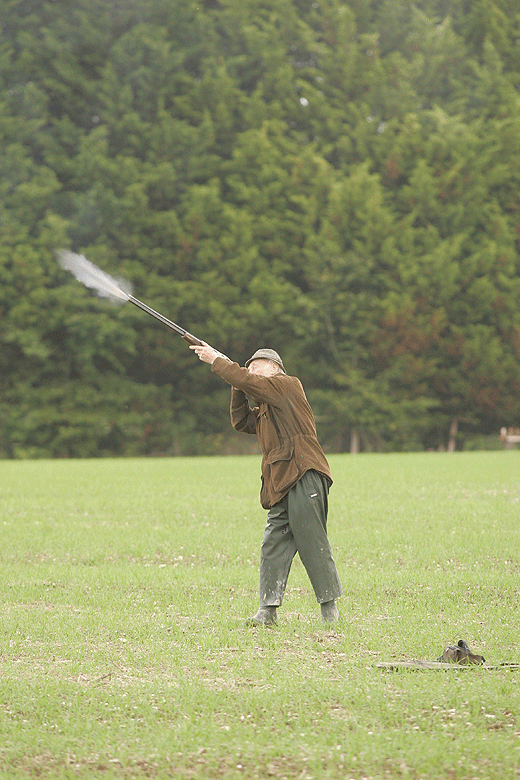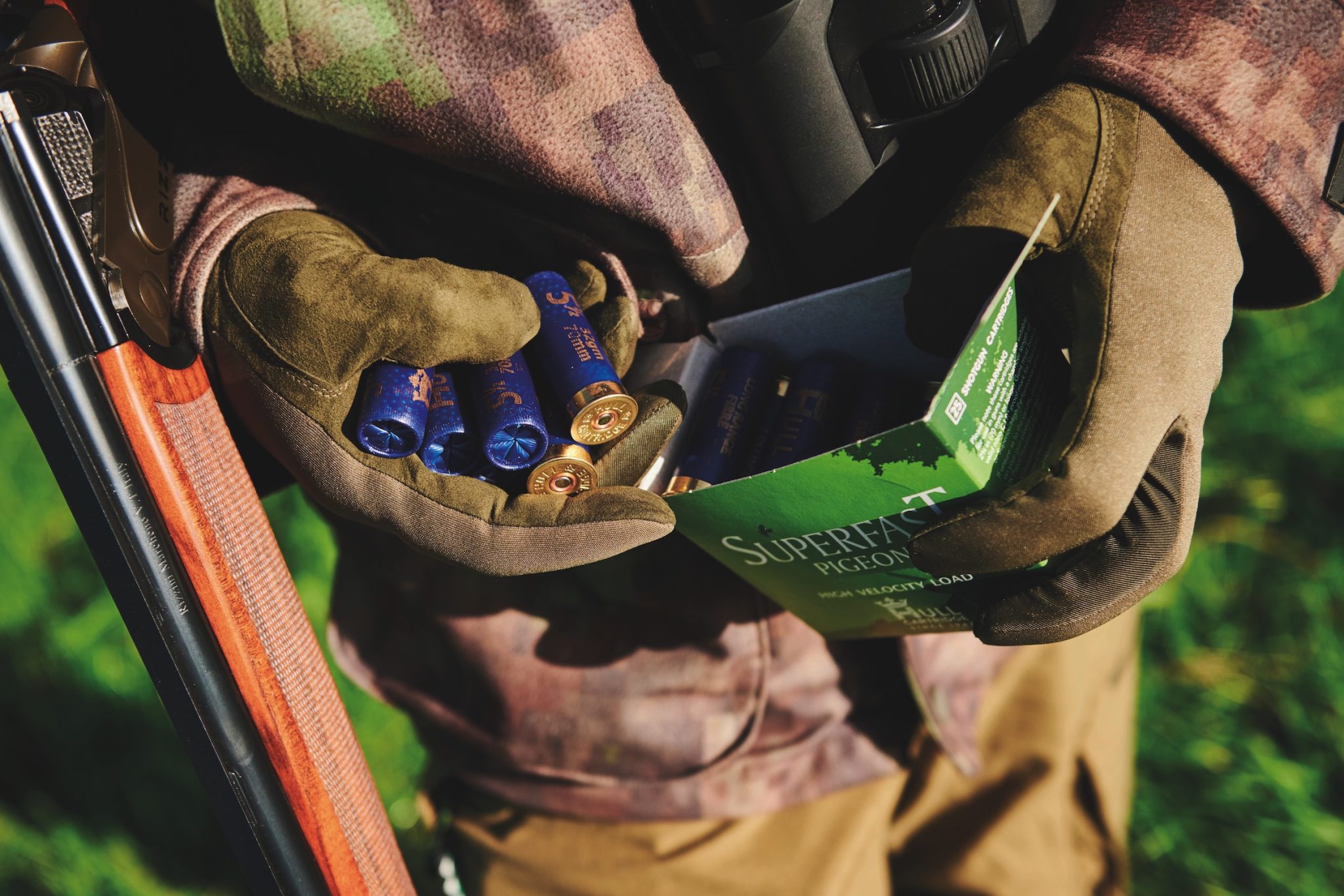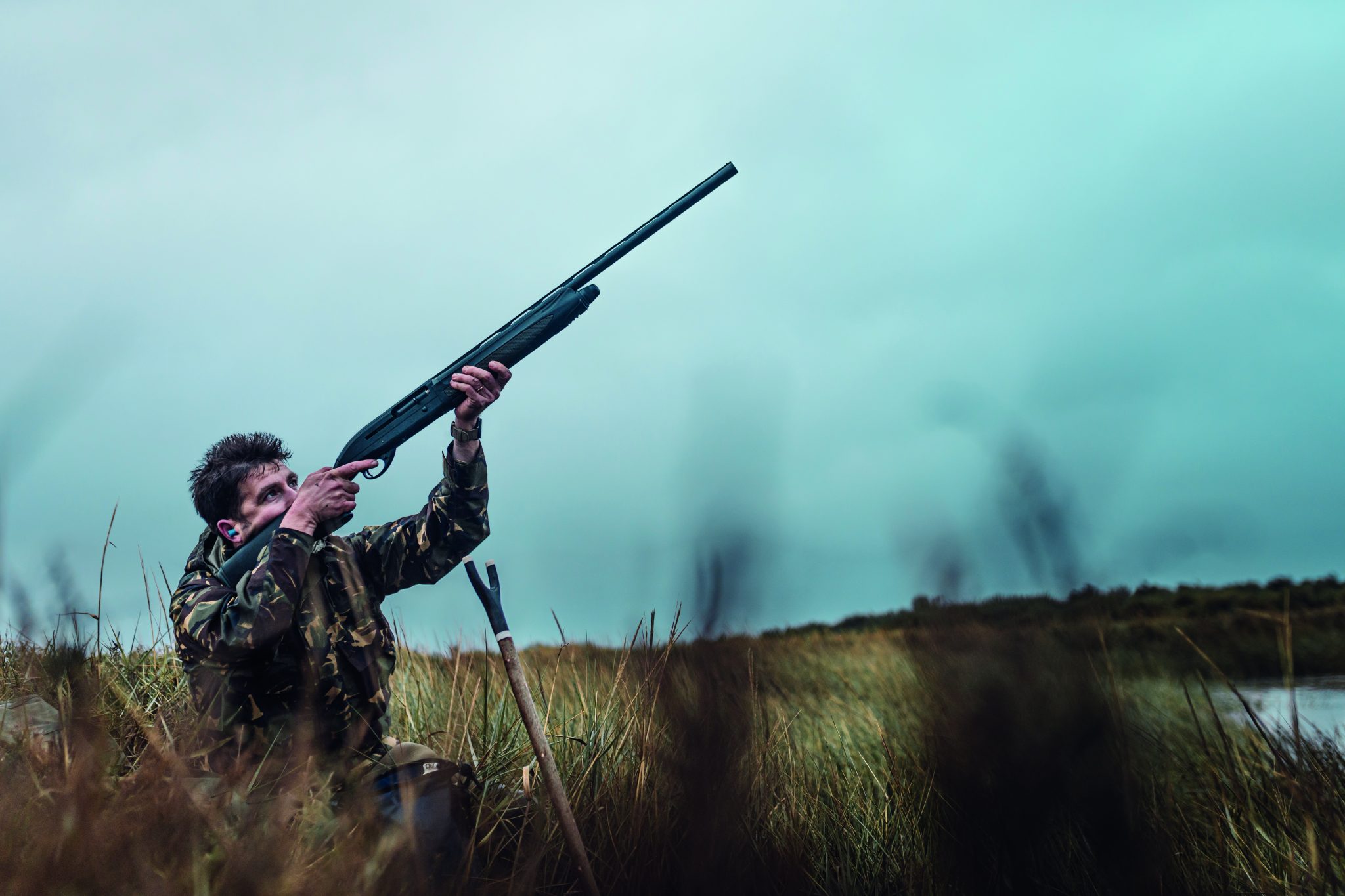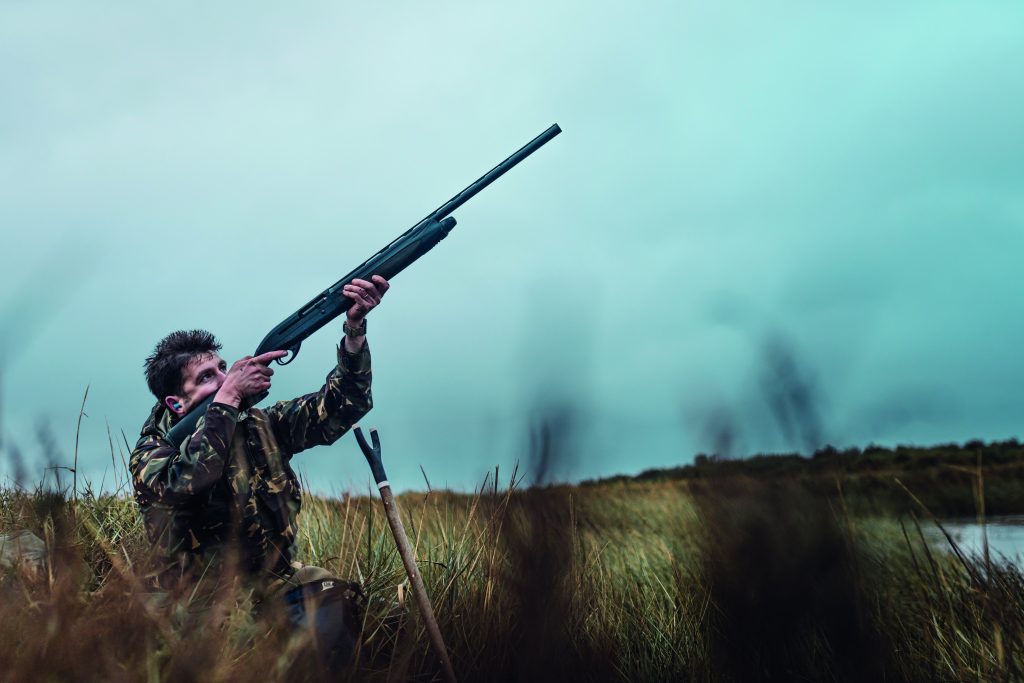Win CENS ProFlex DX5 earplugs worth £1,149 – enter here
Lead ban: A world without lead
How a lead shot ban would harm our sport

Imagine a world in which lead is banned, but is this ever likely to happen? Well, it might — even if only to affect shooting sports. Our representative organisations are currently running a campaign to promote compliance with the law as it stands, because non-compliance gives some MPs the excuse to press for a total lead shot ban. A ban is unjustified because it is fundamentally wrong to punish the great majority for the sins of the few. However, we have to remember that this has always been the pattern of firearms legislation, especially over the past 25 years.
This can happen because the “precautionary principle” is sometimes employed. This is a ploy used for administrative convenience in a thoroughly undemocratic manner. What it means is, “we have no real evidence this is a problem but we will ban it just in case”. One cannot escape the thought that sometimes such decisions are driven by political will supported by powerful pressure groups. From whichever direction a potential lead shot ban arrived, the consequences would be far-reaching and force restrictions on our sport as nothing else has done before. There are several basic facts to consider: ammunition alternatives, the cost of this ammunition and the suitability of the gun to handle it.
Ammunition options
At the moment, the alternatives to lead shot are the so-called “non-toxic” loads such as bismuth; high-performance steel shot cartridges for use in steel shot proofed guns; and the standard steel shot cartridges often referred to as “reduced load” steel shot. The latter can be used in some shotguns proofed at the lower pressures required for lead shot loads.
There has been some confusion about which older shotguns are unsuitable for use with any type of steel shot cartridge. The truth is we do not know the long-term potential for damage, particularly the shock load of the more unforgiving steel shot (even in its nylon sleeve) hitting the choke section. Only time, or perhaps metal fatigue, will eventually give us the answer, but there are guidelines that seem sensible.
Much debate has focused on the amount of choke suitable for use with steel shot. Advice has varied between a maximum of quarter or half-choke depending upon the gun; some authorities claim full-choke is acceptable (with smaller shot). However, it should be noted that steel shot size BB and larger must not be fired through any barrel with more than half-choke. The general consensus is that you should have no more than half-choke with any size of shot.
The cost
While steel shot cartridges compare favourably with lead cartridges in terms of price, they are ballistically inferior — particularly in standard form — to lead because they have reduced range, a greater potential for wounding and other safety problems such as a greater chance of ricochet. The only option for guns proofed before 1904 are “non-toxic” alternatives such as bismuth, which can be up to four times the price of lead shot cartridges — that is, 25 shots for the price of 100 lead shot cartridges.
In the event of a global surge in industrial demand for some of the more exotic materials used in the manufacture of non-lead shot, the price would rapidly rise. It is possible that if the cost was too high, ammunition manufacturers could find it no longer economic to continue production. This would make many fine old guns unsuitable for use, even with reduced load steel shot, and they would become little more than ornaments.
Shotgun suitability
Shotguns bearing the optional fleur-de-lis proof mark, introduced in 2005, are suitable for use with any steel shot cartridge of the correct chamber length, including high-performance steel, but again, many makers advise no more than half-choke. Screw-in choke tubes are usually marked up for their appropriate use.
For many shooters, the only practical alternative, especially where price is a consideration, would be the standard steel (reduced load) cartridges. As an example, take the most popular gauge, the 12-bore. To take standard steel cartridges, a 12-bore gun must be in good condition with 2¾in chambers, proofed for at least 1¹⁄8oz (32g) of shot and 3¼ton per square inch (900 bar), and have no more than half-choke. This rules out many older British game guns, which are chambered 2½in and proofed for 3ton per square inch and therefore not suitable.
Chokes can be opened out without submission for reproof, but lengthening chambers to accommodate longer cartridges for higher service pressures does require reproof. There is always other preparatory work required to get a gun in suitable order to submit to the Proof House for testing. The cost depends on the condition but you could be looking at around £250 as a starting figure, more than £300 if choke alterations were included and nearer £500 if some remedial barrel or action work was required. Then there is always the possibility of failure during proof, which may or may not be terminal.
Bear in mind we are not just looking at Best British game guns but many imported guns too. In fact, most guns made in the past 100 years or so would require a trip to the gunsmith to judge their suitability for use with even the standard steel cartridges. As an example, even your favourite fixed-choke Beretta Silver Pigeon could be affected — while chamber length and proof pressure would be fine for standard steel, you may wish to consider choke alterations. Not all Berettas are proofed for the high-performance steel shot cartridges.
Absolute ban
Modern legislation tends to be inflexible, particularly when it comes to firearms matters, and it is often written, it seems, for the convenience of the state rather than the overall good of its citizens. A lead shot ban would be most unlikely to include any exceptions and would be absolute. Even if it were proven at a later date that there were problems with the use of other types of shot, there would not be a return to lead but further restrictions instead, because bureaucracy rarely, if ever, recognises its own failures.
The winners would be those opposed to shooting sports, though there is little doubt there would be a minor surge in the more economically priced steel shot-proofed guns. For thousands of shooters, though, the world would never be the same again: treasured guns put to one side because of the cost of ammunition or the risk of damage, a slump in secondhand gun sales and some, seen once as an investment, devalued without any form of compensation.
Then there would be the knock-on effect. The possibility of less shooting would impact upon some shoots and the rearing of birds, with the potential for businesses to fail. Along with this goes the provision of suitable habitat — if falling demand meant this were reduced it would have a negative impact upon other wildlife already in decline. As for the potential dentist’s bill when you bite down on that piece of unforgiving steel shot, well, it does not bear thinking about!
Related Articles
Get the latest news delivered direct to your door
Subscribe to Shooting Times & Country
Discover the ultimate companion for field sports enthusiasts with Shooting Times & Country Magazine, the UK’s leading weekly publication that has been at the forefront of shooting culture since 1882. Subscribers gain access to expert tips, comprehensive gear reviews, seasonal advice and a vibrant community of like-minded shooters.
Save on shop price when you subscribe with weekly issues featuring in-depth articles on gundog training, exclusive member offers and access to the digital back issue library. A Shooting Times & Country subscription is more than a magazine, don’t just read about the countryside; immerse yourself in its most authoritative and engaging publication.






